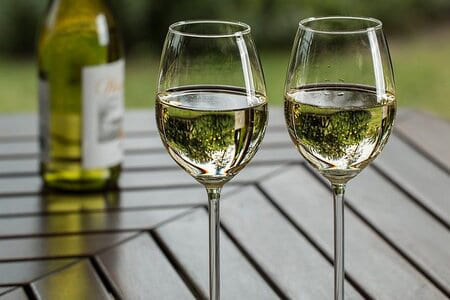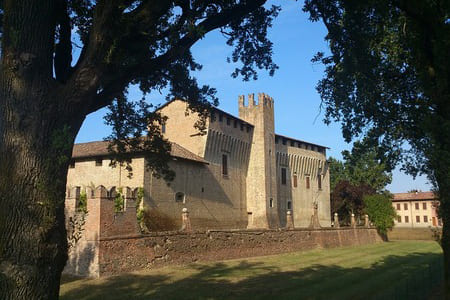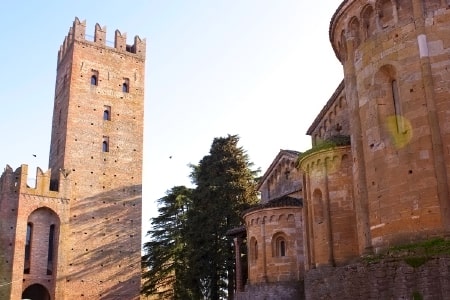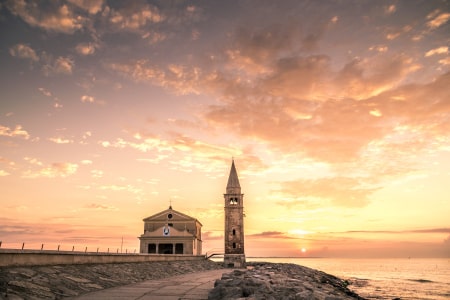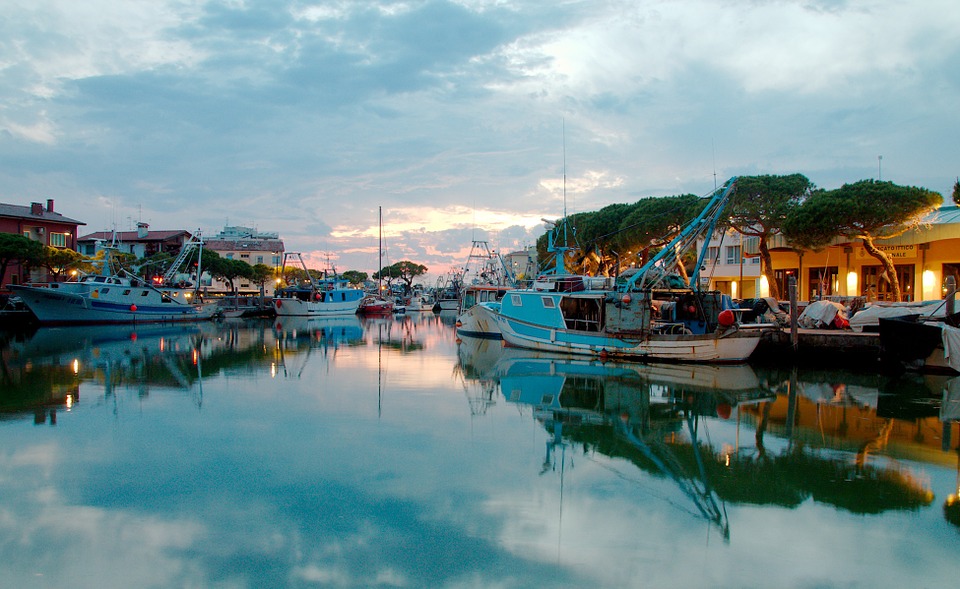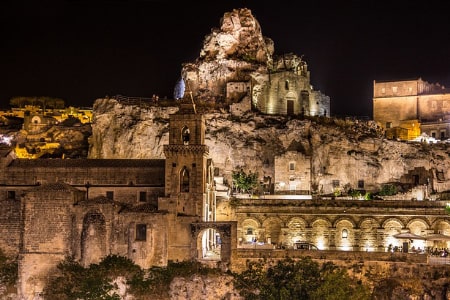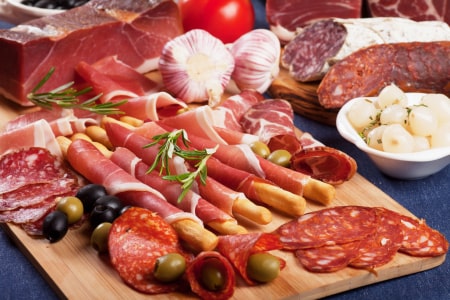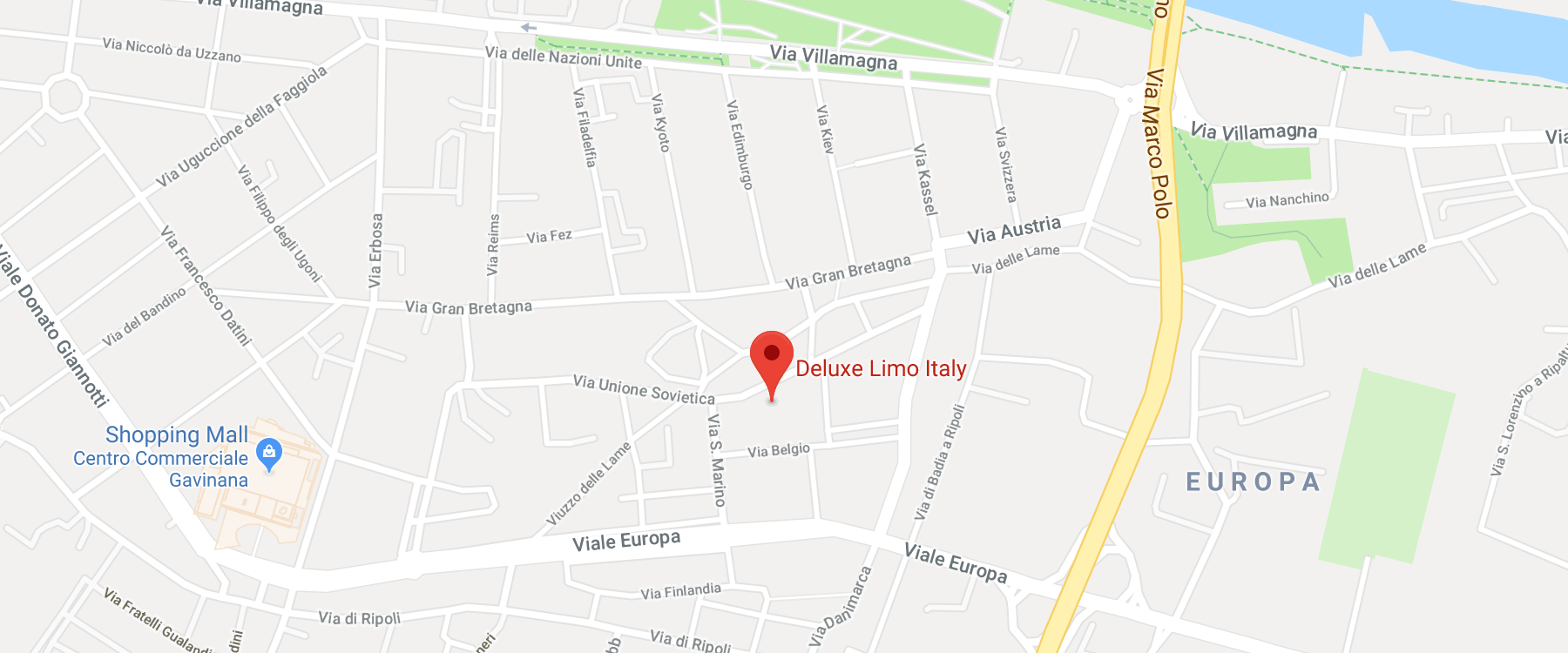Italy is commonly referred to as “the Bel Paese” (the beautiful country). Why? Probably because it’s the country with the greatest number of Heritage Sites throughout the entire world. Probably because so rich of masterpieces of Art, Architecture and Sculpture that it would take you a life time to visit them all. Probably because full of attractions and natural treasures, from stunning mountains to fascinating landscapes and superb coastlines. Probably because home to the most delicious and variegate cuisine in the world. Probably because homeland to the most passionate people. These, and many other reasons, make Italy the amazing country everybody wants to visit at least once in life.
Deluxe Limo Italy is here to help you structure your one and only travel experience. Our outstanding Customer Service will follow you from start to end, answering any queries and suggesting itineraries according to your taste and desire. Our finest English-speaking drivers and Guides will make sure to carry out your choice with elegance and spirit.
Let’s have a look at some of the Top-Rated attractions we may offer you:
Balloon in Tuscany
The beautiful region of Tuscany is worldly known for an immense quantity of reasons. Its stunning landscapes, its quantity of Art and History, the delicious cuisine and the many famous red wines. But have you ever thought about living the unique and unforgettable experience of flying over Tuscany, in a breath-taking hot-air Balloon ride? You will have the chance to admire from above charming old towns and castles surrounded by the gorgeous hills of Chianti or fascinating cities like Florence or Siena. All of this with a happy ending in tasting a delightful breakfast in the countryside.
Romantic Tour in Verona
Verona is home to the beautiful and tragic story of Romeo and Juliet, the most renowned lovers in the world. No surprise Shakespeare took inspiration from this city of love that has a profusion of romantic places. Let us take you to the legendary house of Juliet where you will be able to admire the famous balcony, to her tomb, Romeo’s house, and plenty others. Discover the truth behind the legend and, while walking around the romantic alleys, why not take a little time for history, visiting the third largest amphitheatre of the Roman world, the Verona Arena.
Shopping in Milan
The capital of fashion and style is just waiting for you. We can organize the most comfortable, rich and varied shopping tour you could ever desire. The most elegant Mercedes vehicle driven by our professional English-speaking driver and a personal shopper that can suggest and take you to the top-notch style shops in the city are waiting for you. Let Milan seduce you through our experience.
Truffle Hunting in Alba
Among the wonderful Unesco hills of the Langhe district you may enjoy an extraordinary and uncommon day: truffle hunting. These areas are worldly known for one of the number one attractions of our country, the white truffle of Alba, the so-called “white gold”. Autumn is the best time to structure your visit. Let us design an entertaining tour, made of history and techniques, real truffle hunting together with experienced Tartufai (truffle hunters), amusing visits to the most famous local markets like the Fiera del Tartufo, and delicious truffle tasting with the best food and wines.
Food experience in Bologna
Bologna is the marvellous capital of the Emilia-Romagna region, cradle of one of the greatest food-cultures in the world. Be entertained by a fancy tour of some of the most acclaimed factories: Parmigiano Reggiano Cheese, Prosciutto di Parma or the well-known Acetaie (Balsamic Vinegar of Modena). If you have a passion for food and wine, we’ll take you to right places to learn, visit, taste and enjoy.
Cinque Terre by car, sea and train
Cinque Terre is an incredibly stunning stretch of coast situated within a national park of the region of Liguria, made of five picturesque medieval towns that overlook the Mediterranean Sea. This unique rugged landscape is covered with terraced vineyards and olive groves and cut by romantic and scenic walking paths that join the towns one to another. Live an extraordinary experience through a comfortable top-class Mercedes vehicle, boat or train, while admiring, learning and tasting the excellences of this land.
Florence
It’s impossible not to put Florence in the “must-see” list of world attractions. The Cradle of Renaissance is just one of the most enchanting and irresistible cities of the planet, with its endless masterpieces of Art and History, Museums and finest Architecture. Without forgetting the excellence of Tuscan cuisine and marvellous red wines famous throughout the world. Let us escort you with the most exciting and elegant tour, according to your preferences.
The Land of Engine
The so-called “Land of Engine” is part of the Emilia-Romagna region, specifically near the city of Modena. Take this one-life opportunity to visit this sacred country of motor sports. We’ll take you to discover the factories of Ferrari, Lamborghini, Maserati and Pagani, lead you to the most valuable vintage car collections or visit the restored workshop and house where Enzo Ferrari once worked. You could also take the chance to enter the Fiorano track. Just tell us about your desires, we’ll look after all the rest.
Wine Tasting in Chianti and Val D’Orcia
The worldly famous Chianti is a spectacular area in Tuscany, located in between the cities of Florence and Siena. Breathtaking landscapes covered with green rolling hills, vineyards, olive groves and charming medieval towns. The Unesco World Heritage Site of Val D’Orcia another enchanting area south-east of Siena, right on the border with Chianti, famous for its sceneries and renowned towns like Montalcino, Pienza or Montepulciano. Let us lead you through your choice and make you taste the best Chianti or Brunello wines in local charming farms, accompanied by delicious Tuscan food.
The Secret Tour of Rome
Be ready to visit the Eternal City of Rome from the most visited sites like the Colosseum, the Spanish Steps, the Vatican, the Pantheon, to the most secret pleasures and hidden spots. No matter how much time you have at your disposal, our excellent travel team will help you draw your perfect personalized tour. Comfortable and brand-new Mercedes vehicles driven by English-speaking drivers will stop and wait for you at every corner and lively local guides will escort you through the stunning beauties and local flavours of excellent food and wine of this endless city.
Chocolate Tour in Perugia
Perugia is the gorgeous capital of the little central region of Umbria, located on the top of a hill surrounded by a valley designed by romantic fields. Filled with Etruscan and Roman monuments Perugia is also the capital of Chocolate! Come and enjoy your private tour of the beauties of this city together with the taste and history of one of the most famous house and factories of the world: chocolate Perugina.
San Marino and the Onferno Caves
The State in the State of Italy. Yes, San Marino is not “part of Italy” but a real microstate surrounded by our country, and believe it or not, the world oldest Republic that exist! This beautiful landlocked country is located on the slopes of Mount Titano, surrounded by unspoiled land and rolling green hills. It is full of history, fortresses and wineries too. And once there, let us spoil you with visits to singular spots like the little charming town of Oferno with its magnificent caves that are among the most important of our country.
The Castles Tour in Naples
“See Naples and die”. This phrase was coined to explain the beauty and magnificence of this incredible crazy and vibrant city in the south of our peninsula. All the historical centre is a Unesco World Heritage Site, but we will help you structure the best tour to show you Naples and its surroundings at their best. Starting from the Royal Palace in the heart of the city we’ll touch the most famous castles like the majestic residence of Capodimonte or the largest Royal residence in the world, the Reggia di Caserta.
The Rocks of Matera
Matera is the 3rd most ancient city in the world and is going to be the future European Capital of Culture in 2019! The famous “Sassi di Matera” are the rocks surrounding the city and of which the same houses are made of. Discover with us this unique and ravishing beauty with its 13th century byzantine Cathedral, its underground lodgings that will leave you amazed, the fascinating alleys, the natural beauty of the Murgia and the breathtaking view of the Gravina canyon.
Pompeii and Herculaneum
This is a perfect tour for archaeological and history lovers. Enjoy the combined visit to Pompeii and Herculaneum, the most famous and ancient Roman towns destroyed by the Vesuvius volcano in 79 AD. The variety of the ruins will leave you speechless and if you’ll feel in a challenging-mood, let us take you to climb the volcano crater to appreciate its incredible view.
Deluxe Limo Italy’s target is the complete satisfaction of our clients! Choose to live your one-life experience at your best!
